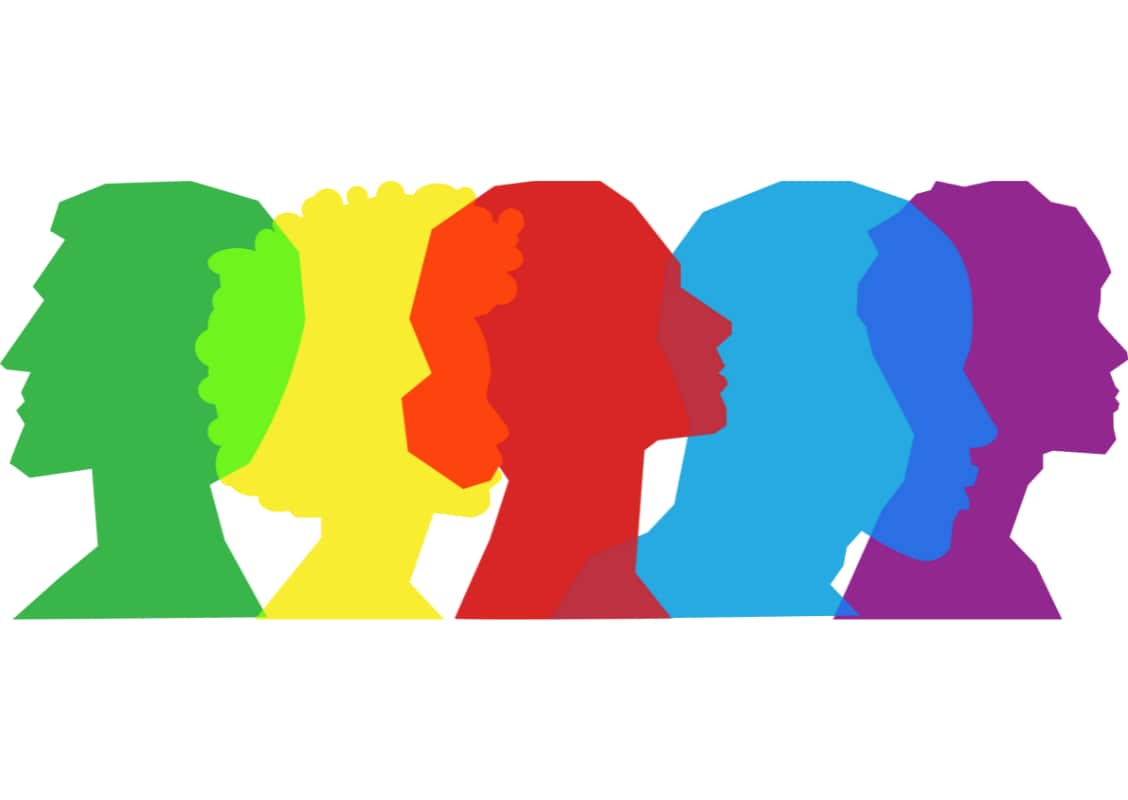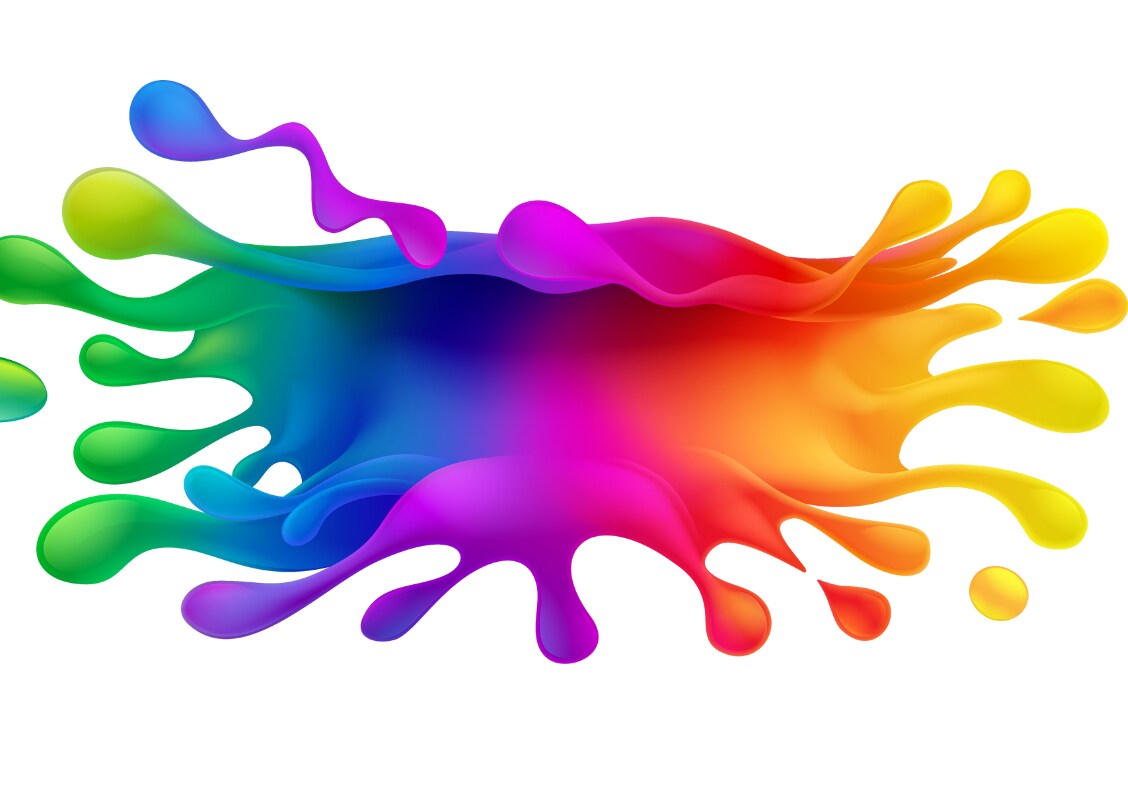From the vibrancy of a blooming flower bed to the calming expanse of the deep blue sea, the world around us is painted in a plethora of colours that play an integral role in shaping our moods, emotions, and behaviours. The fascinating phenomenon of colour psychology is an intricate mix of biology, psychology, and culture, offering us a lens to understand the profound impacts of colour on our lives.
Introduction
When you gaze at a crimson sunset or observe the tranquillity of a turquoise ocean, have you ever pondered on how these colours might be subtly influencing your emotions? The field of colour psychology attempts to unravel these intriguing connections. The understanding of colour theory, symbolism, and psychology plays a pivotal role – especially for designers and brand owners. From advertising campaigns to interior design, colour selection can make all the difference. This article aims to delve deep into the captivating world of colour psychology, exploring how our rainbow-hued reality impacts us more than we realise.
The Psychological Effects of Color
Colour has a striking impact on our mood. For instance, warm colours like red, orange, and yellow can evoke emotions ranging from warmth and comfort to anger and hostility. On the other hand, cool colours like blue, green, and purple might infuse a sense of calmness or, in some cases, a hint of sadness or indifference. The psychology of colour extends to performance, too; studies have shown that exposure to certain colours, like red, before an exam, might negatively impact test results. However, it's essential to note that these mood-altering effects of colour often last for a temporary period.
Historical and Cultural Perspectives on Color
From the ancient practice of colour therapy—using colours for healing, which faces scepticism even today—to the landmark discovery of colour separation by Sir Isaac Newton, colour has intrigued and influenced humanity for ages. Cultural interpretations of colour are as varied as our global society itself. For instance, while red might symbolise love and passion in some cultures, it could also denote danger or warning in others. Blue might signify wisdom and peace, whereas yellow might represent joy or caution.

Colour in Consumerism and Branding
In the world of consumerism, the power of colour psychology is harnessed to influence buying decisions. Up to 90% of initial product evaluations are based on colour alone. Colour choices for products are not merely aesthetic decisions but may also mirror the personality of the target consumers and the image they desire to project. Colours play a crucial role in conveying messages, setting the mood, and swaying consumer behaviour, making them integral to marketing strategies.
The Subjectivity of Color Influence
Just like the colour spectrum, human responses to colours are diverse and complex. Individual reactions can vary drastically based on personal preferences, cultural backgrounds, and contextual factors. Expert advice in this realm can be highly beneficial in understanding this subjective nature and leveraging colour influence effectively. Despite this, the potential of colour to convey information, set moods, guide decisions, and personalise environments is undeniable.
The Future of Color Psychology
The future of colour psychology is vibrant, with a growing interest among researchers. As we continue to explore its multifaceted effects on mood, purchases, and performance, we need to tread cautiously. While some theories lack empirical support or rely on outdated research, the potential of colour psychology is untapped, and its understanding could unlock new dimensions of human behaviour and interaction.

VII. Conclusion
From the soothing coolness of a green forest to the fiery passion of a red rose, the power of colour in influencing our emotions, decisions, and behaviours is compelling. As we continue to explore this rainbow of possibilities, we need to remember the words of colour therapy expert Constance Hart: "Color is a universal, nonverbal language, and we all intuitively know how to speak it."
Embrace the spectrum, immerse in the colours around you, and let them paint your world with a touch of psychology!